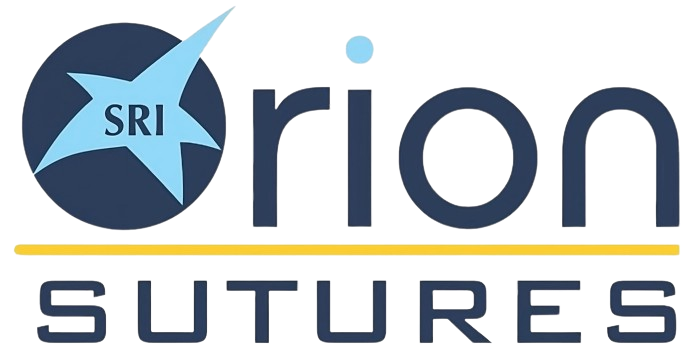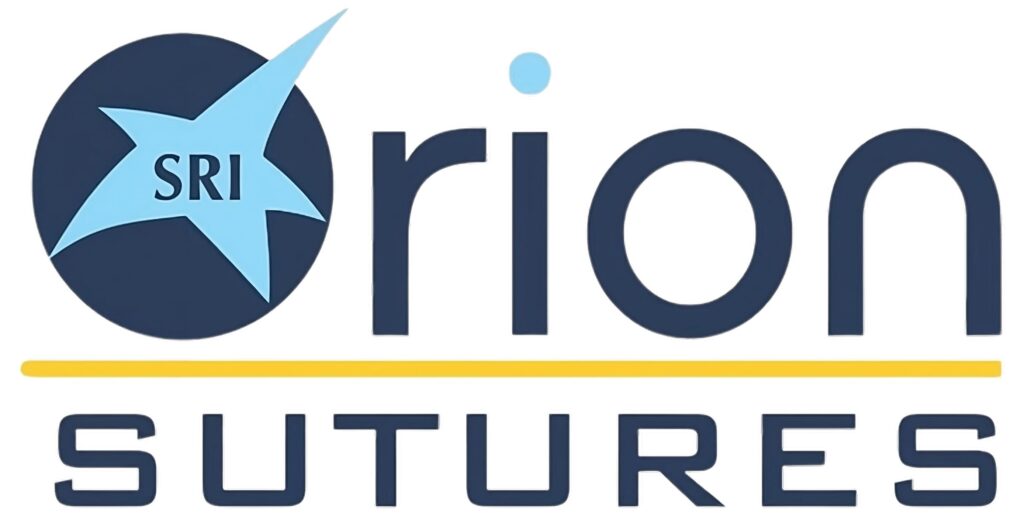In the ever-changing area of medicine, technological advances continue to transform surgical techniques, improving patient outcomes and shortening recovery periods. One such innovation that has gained popularity in modern surgery is the use of polyglycolic acid surgical sutures. These synthetic, absorbable sutures have transformed how surgeons approach wound closure, offering various advantages over traditional alternatives.
Understanding Polyglycolic Acid Sutures:
Polyglycolic acid (PGA) surgical sutures have emerged as a game-changing instrument in the field of medical development, altering the landscape of wound closure and postoperative care. These synthetic, absorbable sutures have achieved significant appeal among surgeons and healthcare professionals because of their distinct features. PGA sutures were developed to address the limits of natural materials such as silk or catgut. They have significant advantages.
Composition and Biodegradability:
Polyglycolic acid is a biocompatible, biodegradable polymer. This synthetic material is made up of glycolic acid units that are bonded together to produce a chain that is strong enough to hold sutures. One of the most notable characteristics of PGA sutures is their capacity to break down naturally within the body over time. This biodegradability eliminates the need for suture removal, decreasing patient discomfort and the risk of problems that come with non-absorbable sutures.
Tensile Strength and Durability:
PGA sutures have great tensile strength, making them ideal for operations requiring the sutures to endure significant tension. The intrinsic strength of these sutures guarantees that the wound is securely closed, which contributes to good healing outcomes. Surgeons value the longevity of PGA sutures, particularly in important surgeries where the closure’s integrity is crucial.
Reduced Tissue Reactivity:
One of the most pressing problems in surgical procedures is the body’s sensitivity to foreign materials. PGA sutures have little tissue reactivity and cause less inflammation than traditional sutures such as silk or catgut. This feature is critical in encouraging speedier healing and lowering the risk of problems caused by excessive tissue reaction.
Versatility Across Surgical Specialties:
PGA sutures have proven to be versatile, with uses spanning a wide spectrum of surgical specialties. Whether in general surgery, cardiology procedures, orthopedics, or ophthalmology, these sutures have shown to be a solid option for surgeons looking for a varied and effective closure approach. The versatility of PGA sutures in many surgical scenarios emphasizes their importance in contemporary medical operations.
Infection Risk Reduction:
The absorbable nature of PGA sutures helps to significantly reduce infection risks. Retained sutures are less likely to cause infections since they break down over time. The elimination of the requirement for suture removal reduces the window of vulnerability, improving overall postoperative safety.
Ongoing Research and Future Developments:
As technology and medical research advance, continual efforts are directed at improving the quality of PGA sutures. Researchers want to improve aspects like biodegradability, tensile strength, and handling properties. The ongoing investigation of novel materials and production processes holds promise for additional advancements in surgical sutures, providing better patient outcomes.
Polyglycolic acid sutures, obtained from trustworthy polyglycolic acid suture suppliers, are a significant improvement in surgical technology, giving a dependable, adaptable, and patient-friendly alternative for wound closure. With their biodegradability, excellent tensile strength, and low risk of problems, PGA sutures have become a standard in current surgical procedures. As technology advances, the use of such new materials assures that patients receive safer, more efficient, and minimally invasive surgical operations.

